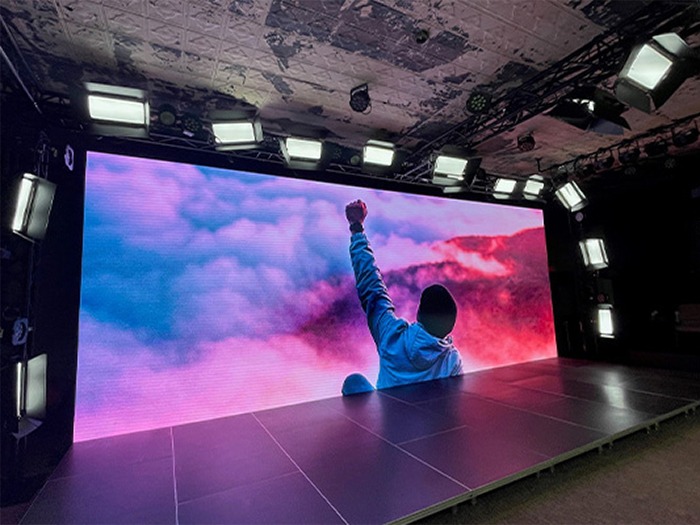A Thorough Analysis of Various Light Emitting Diode Display Wall Techniques and Their Uses
Light Emitting Diode video screens are increasingly popular across different settings, such as concerts, sports events, as well as business presentations. These large displays are made up of many individual Light Emitting Diode modules which function collectively to create a single cohesive visual. There are different types of LED video wall solutions on the market, every having its unique characteristics as well as advantages. Grasping these technologies technologies can help businesses and organizations choose the right solution for their particular needs.
One frequent type of LED display screen technology is the direct view Light Emitting Diode. Such solution uses separate Light Emitting Diode modules that are placed near in proximity to form a large screen. Directly viewed Light Emitting Diode walls are known for their high luminosity as well as vibrant colors, making them perfect for external activities or brightly lit settings. These displays also have a broad viewing angle, which indicating that viewers can view the screen distinctly at different positions. This renders directly viewed Light Emitting Diode walls a popular choice for sports arenas as well as external events.
Another type of Light Emitting Diode display screen technology is the LED-backlit LCD. This solution merges conventional LCD screens with LED illumination for improved luminosity as well as hue accuracy. LED-backlit LCDs are often used in interior environments, including retail centers and conference rooms. They provide superior visual clarity while are typically more affordable than direct view LED walls. However, they may not perform as well in bright settings, as the illumination can sometimes dull the colors.
A third option is the OLED video wall. Organic Light Emitting Diode solution offers exceptional differentiation as well as hue richness in relation to alternative types of displays. Each pixel in an OLED screen produces its individual luminescence, enabling for genuine dark tones as well as lively hues. Such renders Organic Light Emitting Diode display screens especially attractive for uses which demand premium images, including gallery galleries or high-end retail stores. However, OLED technology can be more expensive and may not be as bright as direct view LED walls, making it less suitable for outdoor use.
In addition to these technologies, there are additionally multiple applications for LED display screens. They can be used for promotion, amusement, and information presentation. For instance, companies often use Light Emitting Diode display walls for digital signage to draw in clients and promote goods. Within entertainment, these displays enhance the visual encounter at music events and events, offering lively backgrounds and captivating visuals. In business environments, LED display screens can be used for presentations, visual meetings, as well as training programs, aiding to learn about this here now convey data through a visually attractive manner.
In conclusion, Light Emitting Diode display walls come in various technologies, every having its unique advantages and uses. Direct view LED screens are great for outdoor applications, while LED-backlit Liquid Crystal Displays are more suitable for interior settings. OLED video screens offer superior image quality yet may come at a greater cost. Understanding the differences differences can help entities make knowledgeable decisions about the best kind of LED video screen most meets their needs, whether it be for advertising, amusement, and corporate applications.